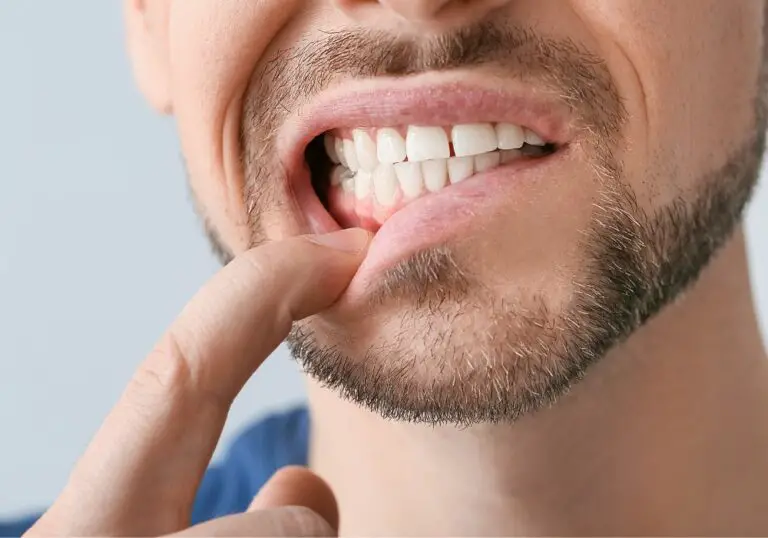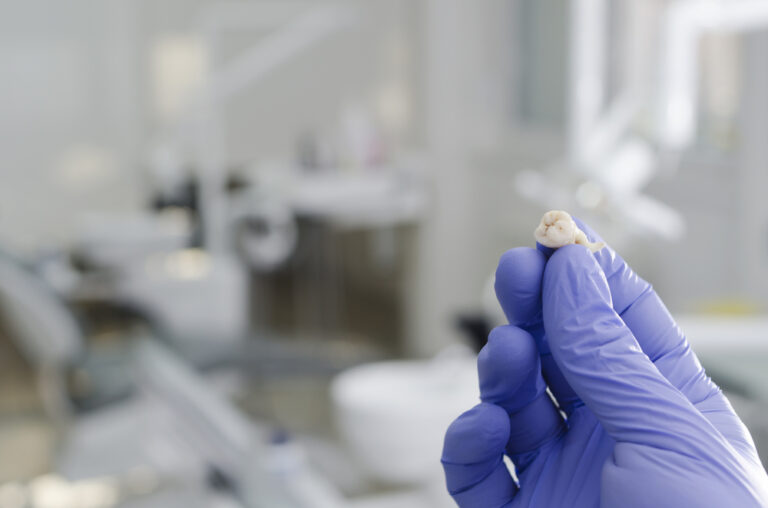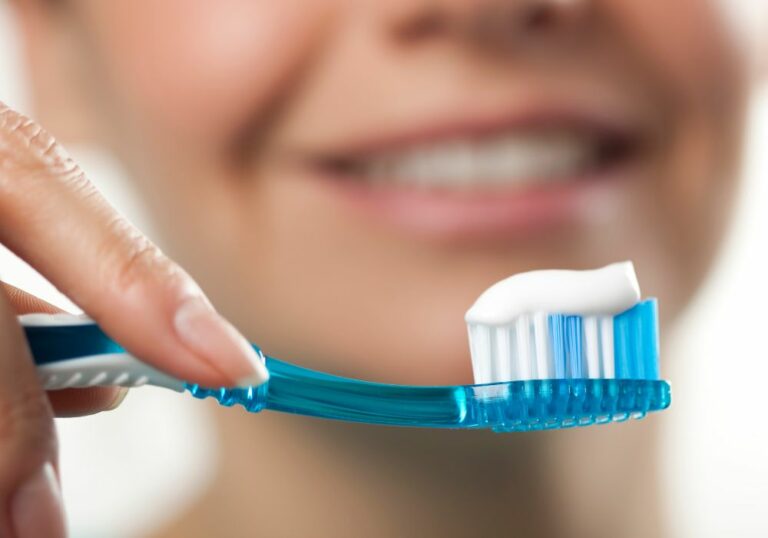Having your teeth suddenly start breaking or chipping can be quite distressing and concerning. This alarming symptom is often a sign of underlying issues that require dental attention. This comprehensive guide examines the various causes, risk factors, symptoms, diagnosis, and both short-term and long-term treatments for teeth that are fracturing or chipping unexpectedly.
What’s Causing the Tooth Breakage?
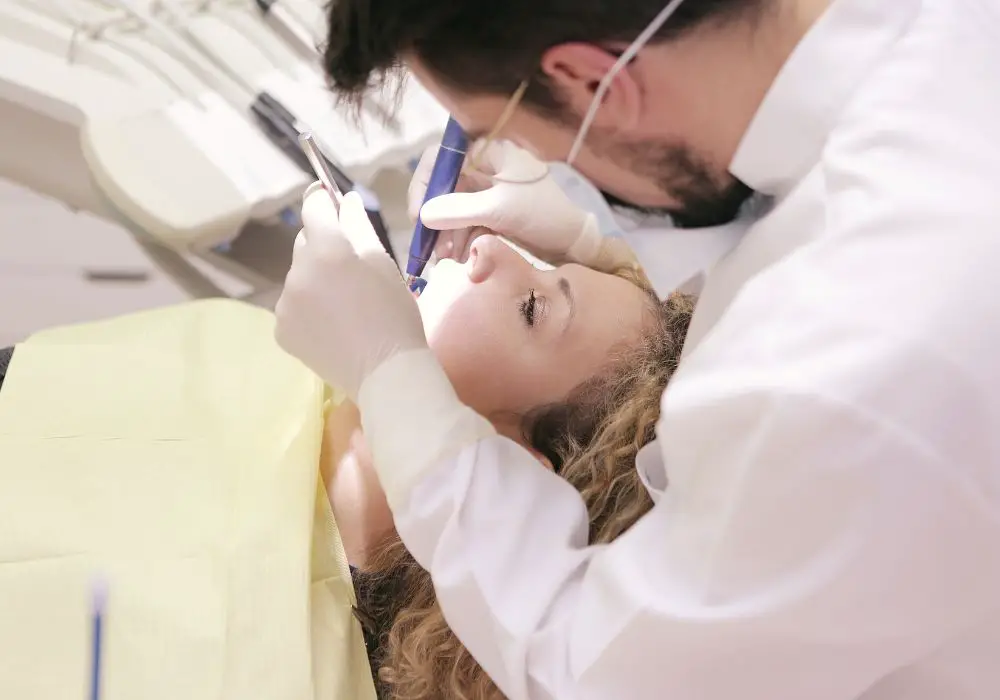
There are a multitude of reasons why teeth may start breaking, chipping, or cracking unexpectedly. The cause will dictate the appropriate treatment approach.
Advanced Tooth Decay
Extensive tooth decay, medically known as dental caries, is a common culprit for fractured teeth. Cavities form through a combination of bacteria, food debris, and an acidic oral environment eating away at the enamel and underlying layers of the tooth. Over time, uncontrolled decay can severely undermine the structural integrity of the tooth.
As a cavity spreads deeper into a tooth, it can reach the inner pulp chamber containing the tooth’s nerves and blood vessels. Once decay compromises this inner scaffolding and framework of a tooth, even normal biting forces when chewing food can cause pieces to fracture off. The decay essentially creates structural weaknesses from the inside out.
Dental Trauma or Injuries
Sudden physical trauma to the mouth area can also wreak havoc on teeth and cause fractures or chips. Accidents like sports collisions or falls resulting in a significant hit or blow to the face often damage teeth. Losing your balance and hitting your mouth on a hard surface like a counter or table can similarly crack or break teeth.
Habitually clenching or grinding teeth aggressively over time generates excessive force that can also traumatize teeth and lead to stress fractures or cracks. These hairline cracks then weaken the tooth’s structural integrity, making chunks more likely to break off during normal function.
Teeth Grinding or Clenching (Bruxism)
Excessive grinding or clenching of the teeth is called bruxism in dental terms. People often grind or clench without realizing it, frequently while sleeping. This unconscious habit puts considerable abnormal stress and strain on teeth. Over time, it can literally thin and wear down the protective outer enamel layer as well as damage inner tooth layers.
Areas that get thinned or worn down by long-term grinding are at much higher risk for chips and fractures. Grinding also introduces damaging microscopic cracks in the teeth. These tiny cracks then readily propagate into larger splits and fractures from everyday chewing forces.
Periodontal (Gum) Disease
Advanced gum disease, known as periodontitis, can also lead to cracked teeth. Inflammation and chronic bacterial infection causes progressive loss of the bone supporting the tooth roots. This loss of stabilizing bone destabilizes teeth in their sockets, making them loose and more prone to fracture from chewing.
Gum disease also exposes more of the tooth root surface to potential decay. Tooth roots are particularly vulnerable since they lack a protective enamel layer. Decay spreading into exposed vulnerable root surfaces again weakens structural integrity.
Defective Dental Work
Previous dental work like large fillings, crowns, bridges, or dental implants may inadvertently create weak spots or cracks that lead to fractures. Defective dental work that develops gaps, bubbles, or oozes over time allows bacteria and moisture to seep underneath, causing deterioration of the underlying tooth.
The materials and adhesives used in some dental restorations can also put stress on teeth. Some materials expand and contract at different rates compared to the natural tooth in response to temperature changes in the mouth. This mismatch in flexibility and movement can essentially pull the restoration away from the real tooth structure, causing bond failure and damage.
Nutritional Deficiencies
Deficiencies in important minerals like calcium and phosphorus can diminish the integrity and strength of the underlying tooth structure, making teeth more prone to chipping and cracking. Any conditions interfering with proper absorption of nutrients essential for structural dental health may play a role.
Excessive Acid Exposure
Frequent exposure to acidic foods and drinks can erode and demineralize enamel over time. This includes carbonated beverages, sports drinks, wine, citrus fruits, pickles, and vinegar. The acid softens the enamel surface, making teeth more vulnerable to surface damage and chipping. Those with acid reflux or eating disorders also experience above-average acid wear from regurgitation.
Other Less Common Causes
- Teeth whitening treatments may make enamel more prone to surface cracks.
- Dental erosion from abrasive behaviors like nails or pens on teeth.
- Age-related enamel thinning and drying.
- Developmental conditions like amelogenesis imperfecta, dentinogenesis imperfecta.
- Certain medications like antihistamines, antidepressants, blood pressure treatments cause dry mouth and higher decay risk.
Common Symptoms and Signs
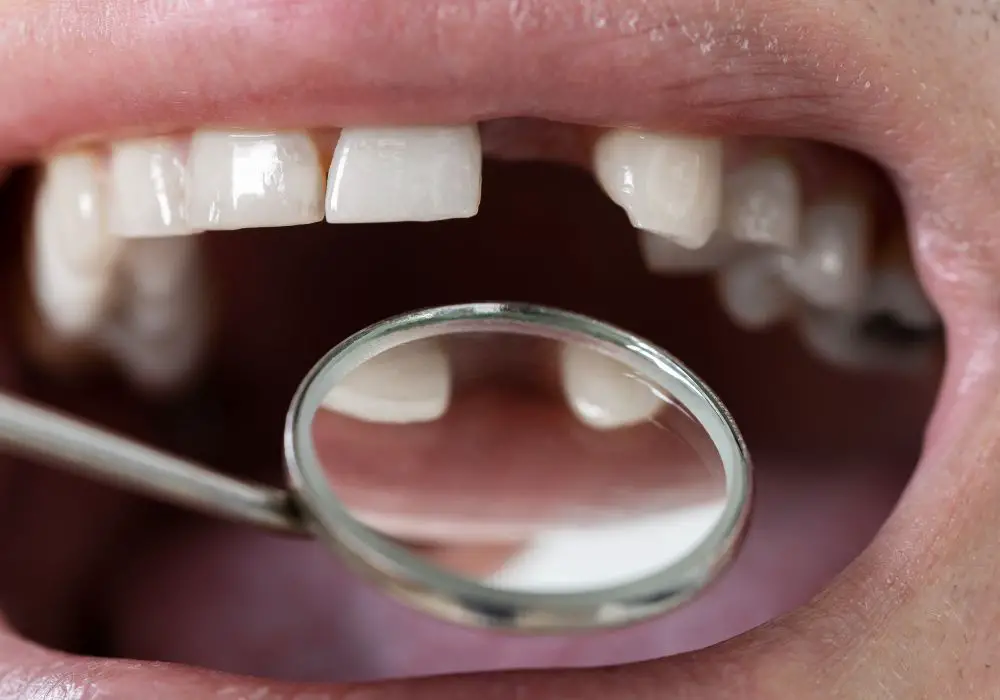
Here are some of the most common symptoms and warning signs that teeth may be fracturing, cracking, or chipping:
- Pain or sensitivity when chewing, biting down, or exposing teeth to hot or cold temperatures
- Jagged edges or noticeable roughness on teeth
- Visible cracks, fractures, chips, or missing pieces of teeth
- Exposed inner tooth layer or nerve tissue
- Tooth discoloration
- Bleeding from damaged teeth
- Loose teeth, changes in bite alignment
- Difficult or uncomfortable chewing
- Halitosis (bad breath) from tooth infection
Sudden onset tooth pain while eating or drinking hot or cold beverages is a telling sign. If no symptoms are noticeable yet, sometimes an observant dentist will detect cracks or fractures during a routine exam before they become problematic. Don’t ignore these red flags so fractures can be promptly evaluated and treated.
Diagnosing the Underlying Cause
If you suddenly notice a concerning symptom like a cracked or chipped tooth, it’s important to identify the precise underlying cause so it can be properly addressed. Make an appointment right away with your dentist for a thorough evaluation.
Be prepared to provide helpful details about any recent mouth injuries, timeline of when chips or cracking occurred, descriptions of symptoms, and any other observations that could aid diagnosis.
During the evaluation, your dentist will likely:
- Take a full medical history, asking about any recent trauma to the mouth area
- Perform a clinical visual exam, looking closely for areas of decay, cracks, fracture lines, chips, unusual wear patterns or defects, etc.
- Check for loose teeth, sensitivity, exposed root or nerve tissue, bite alignment changes
- Take dental x-rays to visualize the internal tooth structure and surrounding bone
- Test reaction to hot and cold temperatures to check for pulp sensitivity
- Tap on suspect teeth with dental instruments to identify solid versus porous or cracked areas based on sound
This comprehensive clinical and radiographic exam paired with your health history will allow the dentist to pinpoint areas of concern and reach an accurate diagnosis regarding factors causing the tooth fractures. They can then advise on all available treatment options.
Treatments for Cracked, Chipped, or Fractured Teeth
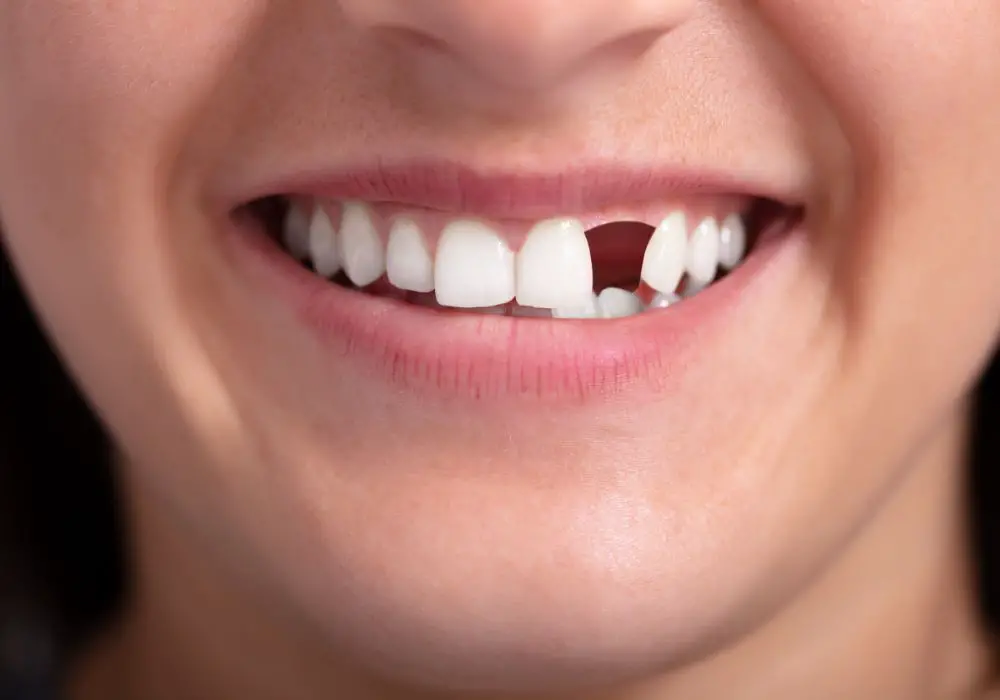
The ideal treatment will depend on the exact cause and extent of damage to the affected teeth. Here are some common treatments used to stabilize, repair, or replace teeth displaying sudden fractures or chipping:
Treating Underlying Decay
If advanced tooth decay is causing large fractures and breakdown, the decayed sections will first need to be excavated and the cavity properly restored with tooth-colored dental fillings or inlays. If the structural damage from decay is too extensive, a full-coverage dental crown is likely needed to cover, protect, and reinforce what remains of the compromised tooth.
Root Canal Treatment
If fracture lines have extended deep enough to expose the inner tooth pulp and nerves, a root canal procedure will be necessary to save the damaged tooth and prevent infection.
The inflamed or infected pulp tissue is removed and the inner canals cleaned and sealed. A durable dental crown is typically placed afterward to strengthen the tooth and prevent further cracking.
Dental Bonding
For minor chips, small fractures, or uneven tooth surfaces, dental bonding can effectively repair and smooth the flaws for a natural uniform look. The dentist applies a putty-like composite resin material that hardens into a durable restoration. The material bonds to the natural tooth and is shaped and hardened using a special curing light.
Dental Veneers
These thin custom-made shells crafted of porcelain or composite resin are bonded over the front surface of damaged teeth. Veneers can mask chips, cracks, stains, and uneven worn spots for a flawless appearance. They return strength and protective integrity to the tooth exterior.
Tooth Extraction
If a tooth is too severely damaged with extensive decay below the gum or fractures involving the root, extraction may ultimately be necessary. Options to replace the missing tooth include dental implants, bridges, or partial dentures.
Interim Stabilization
While evaluating treatment options, your dentist may first install a temporary dental crown or splint teeth together to protect damaged teeth and prevent further fracture in the short-term.
Ongoing Prevention
Depending on the diagnosed cause of the fractures, your dentist will also advise on important steps to protect remaining teeth from future damage:
- Get fitted for a custom night guard if grinding/clenching is involved
- Improve daily plaque removal and fluoride exposure to prevent decay
- Modify dietary habits to limit intake of acidic, sugary, or starchy foods
- Increase calcium rich foods and possibly supplement with vitamin D for bone and tooth health
- Quit smoking to decrease gum disease risks and oral cancer risks
- Use a mouthguard during contact sports or risky activities
Regular recare exams and dental cleanings are essential for allowing early detection and repair of minor cracks before they have a chance to progress into major tooth fractures. Prompt treatment paired with addressing the underlying causative factors are the keys to halting additional tooth breakdown.
Frequently Asked Questions
Q: Why are my teeth suddenly breaking?
A: The most likely culprits for sudden tooth fractures include advanced decay, gum disease progression, excessive grinding/clenching, dental trauma, previous large fillings or dental work, and nutritional deficiencies. Your dentist can examine your particular symptoms and dental history to determine causes.
Q: Do broken teeth always need extraction?
A: Not necessarily. Many fractured or cracked teeth can be successfully restored with root canals, crowns, fillings, or dental bonding if treated early before damage is too severe. However, teeth with untreatable decay, split roots, or severe mobility/instability may require extraction.
Q: How can I prevent more teeth from breaking?
A: Reducing your decay and gum disease risk through brushing, flossing, fluoride, and dental cleanings is essential. Wearing a nightguard if you grind, quitting smoking, limiting acidic foods/drinks, and getting sufficient calcium can also strengthen teeth. Regular exams allow early repair of cracks before they worsen.
Q: Is it normal for teeth to break more as I age?
A: Some wear, chipping, and fractures do become more common with age. However, significant tooth breakdown indicates an underlying problem. Make sure to have your dentist evaluate any fractures or damage as soon as possible so the cause can be treated.
Q: Do dental bonds look natural?
A: When properly color-matched and shaped by a skilled dentist, dental bonding can appear remarkably natural. Bonds made of layered composite resin blend seamlessly with the surrounding tooth structure. They adhere naturally to teeth and reflect light like natural enamel.
Q: Are certain teeth more prone to breaking?
A: Yes, the upper front teeth and lower premolars tend to be more vulnerable to fractures and damage from their position in the mouth. Clenchers and grinders frequently break down lower molars and premolars from excessive force while incisors often suffer trauma.
Q: Can cracked teeth heal on their own?
A: Unfortunately, there is no natural process for teeth to heal themselves once fractured. Without treatment, cracks will likely worsen over time, eventually causing tooth loss. Seeking prompt dental treatment is key for salvaging and restoring the tooth structure.
In Conclusion
Teeth that suddenly crack, chip, or break can certainly be alarming but are often repairable with prompt evaluation and treatment. Make an appointment right away if you notice any fractures or damage so the underlying cause can be identified. Addressing issues early on like decay, gum disease, grinding, or deficiencies can ward off more extensive tooth breakdown. Work closely with your dentist to protect your precious smile.



